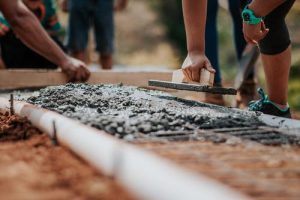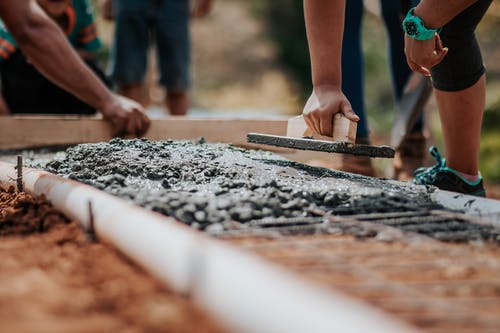The word refers to a specific process, either mechanical or chemical, that can be seen as having the potential to support a building. The latter is often used in the context structural maintenance and repair. Therefore, it is important to have a thorough knowledge of materials and their properties. In a broader perspective however, the word can apply to the method by which foundations are built and the soil that are used for the construction of the buildings. The underlying methodology needs to be clearly understood before any construction work commences.
The investigation stage, the first stage of foundation construction, is also known. This is where engineers investigate the site to identify potential problems. This is when many key questions about a site are asked. If there are cracks in soil, the flooring may need to be replaced. The foundation won’t bear the weight of concrete and other structural elements once the soil has been excavated.

Once the investigation has been carried out and all possible solutions have been explored, it is now time to decide what the solution is going to be. Some soils are not suitable for foundation building. The soil density can also affect the foundation’s weight. Soil consultants often provide advice to clients about the best soil for their foundation requirements. Site surveys are a great way to discover the potential properties of the site. Consultants may dig a hole in ground to test the soil’s density and weight. This test can be done with the assistance of a structural engineer.
After the site has been evaluated, the consultant can work with the architect to determine the type of foundation that will be laid. The basis of foundations is generally constructed using hand-dug piers. Hand-dug, or with steel hand tools, piers can be dug faster than concrete footers. They are a strong foundation for foundations, and if the soil has the right conditions, the piers can support the foundation very well.
Hand-dug piers are a better option than micropiles. A microfilm will put the foundation into a pit and create trenches in soil to support it. This means that the soil will settle around the base of the structures and not around it. As the micropiles settle, they will create voids where the footers will sit. Poor water flow, poor soil and poor drainage can all lead to problems on the site. Termites can also be attracted to these areas.
Jet grouting can solve many issues associated with hand-dug and unfinished piers. The process involves a series metal pipes that run from the jet grinder machine to a bracket. This bracket is attached to the base of the foundations. The pipe will fit around the hole, and the pipe’s vertical height will be adjusted for the depth of foundations or piers. You don’t have to go through this process. There are other options for supporting your foundations. Concrete footers are another option.
For larger structures, it is more practical to use a steel deck or foundation pier underpinning systems. This method does not affect the structure’s height or width. The soil mix is transported into the structure using a heavy-duty truck. The ground is excavated at approximately twelve cubic metres per hour. An automatic trencher, or excavator, is used for digging the holes. The operator stands at the base and controls the trencher remotely using remote control devices.
Steel over concrete and steel over soil are becoming more popular melbourne underpinning because they are cost-effective, efficient, time-effective, and easy to use. The concrete or steel support is installed either by the property owner or his/her engineers or contractors. Steel over soil have become very popular in the UK in recent times because they are less expensive and are easier to install than foundations such as wooden pier foundations. Steel over soil offers the added security that you don’t have to dig as far to install a concrete slab or steel support. It is also easier to design and maintain, as well as to pay for. Steel over soil comes in many shapes like square, rectangle, square, and round.



